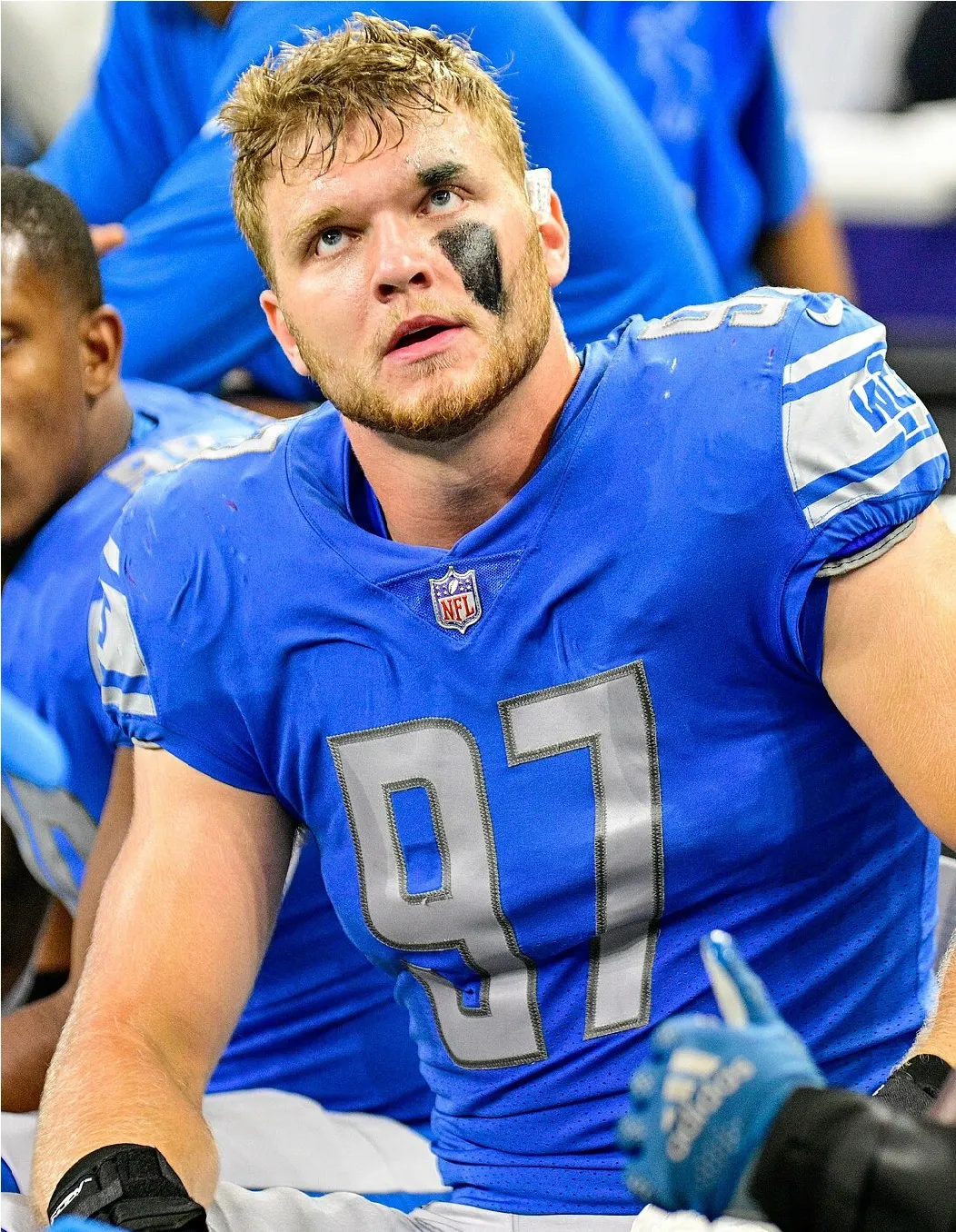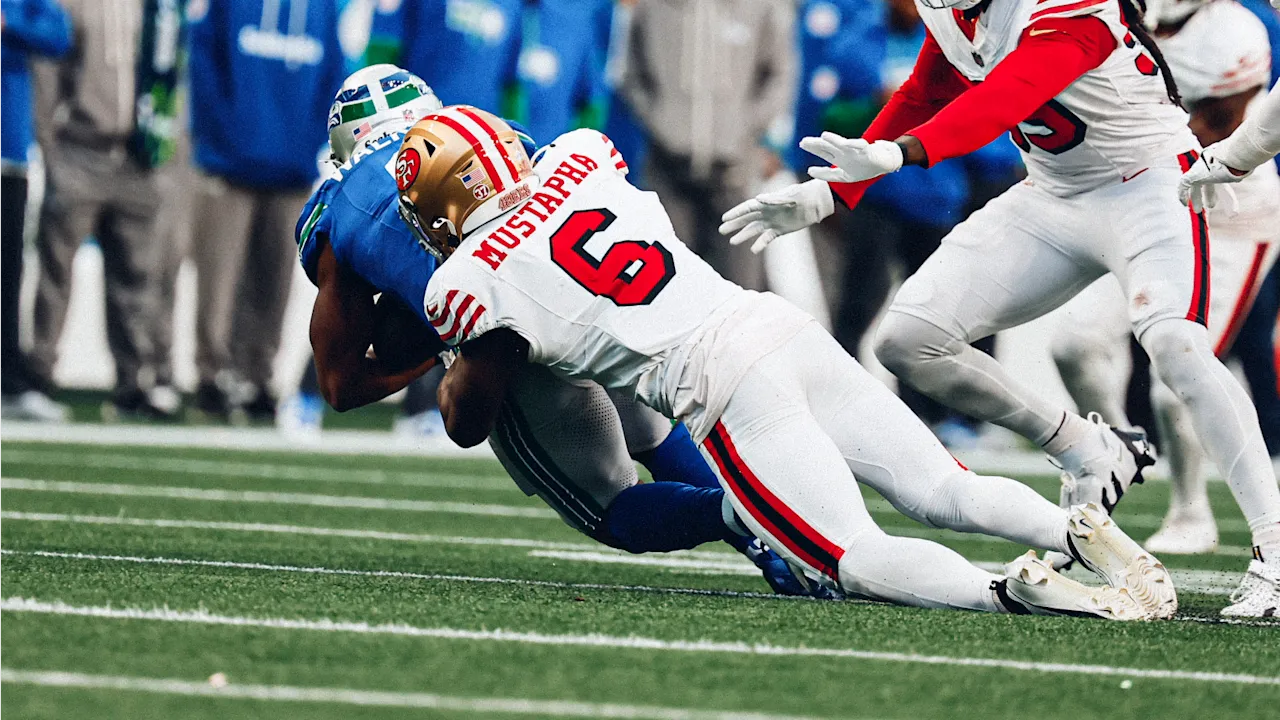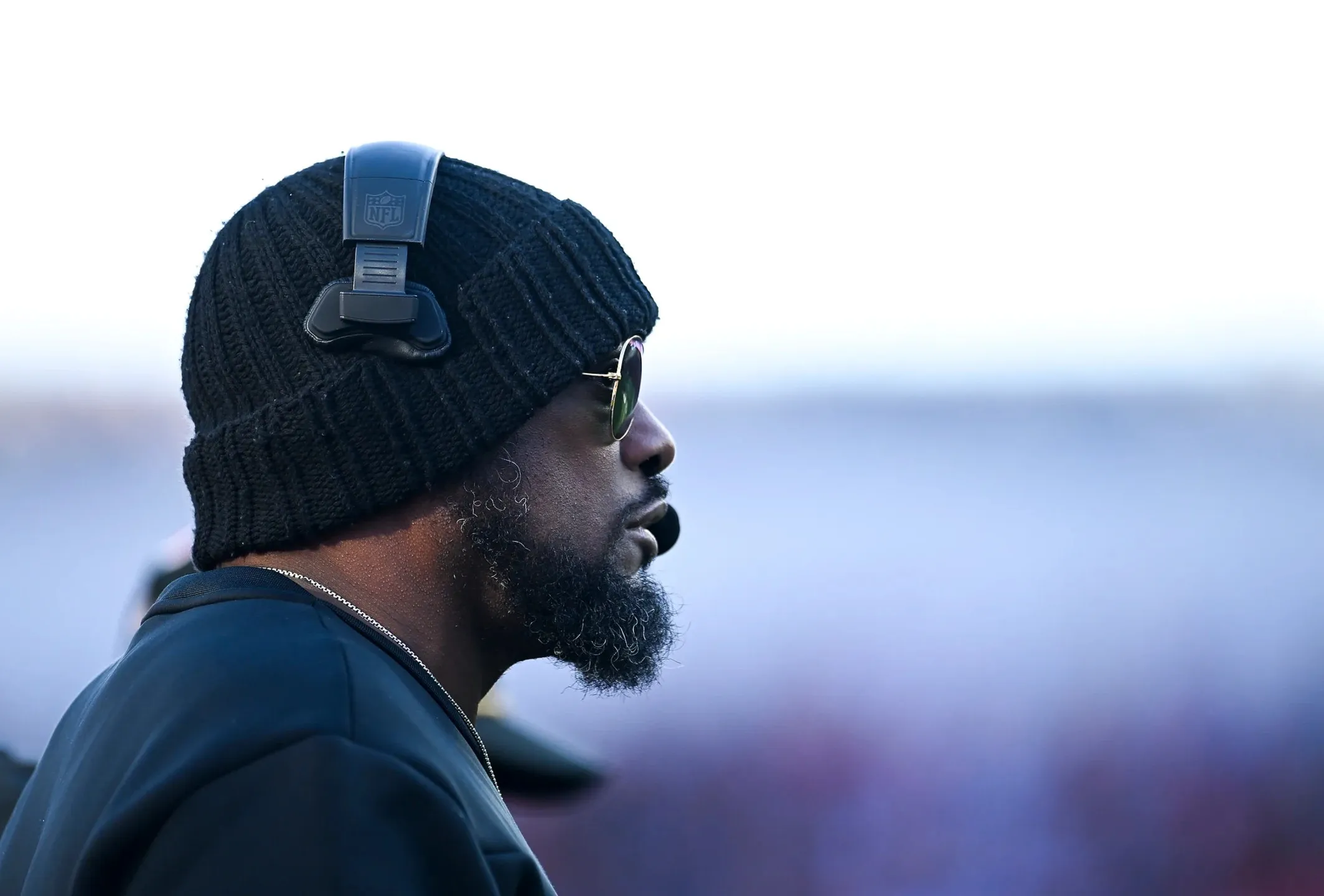The Boston Red Sox have a Rafael Devers problem. Near the beginning of a 10-year, $313.5 million contract, Devers is no longer a third baseman and he is off to a historically bad start at the plate.

Devers is 0-for-19: three groundouts to first base, one groundout to third base and a record 15 strikeouts in five games, two more punchouts than the previous high through five games set by Pat Burrell in 2001 and matched by Byron Buxton in 2017. Everyone slumps. But it is rare to see such a great hitter be this bad.
What’s wrong with Devers? It’s not because he is chasing pitches, the usual first stop when checking symptoms. Devers is chasing only 18% of pitches out of the zone, about half his usual rate (33.8%).
You can speculate all you want that Devers still hasn’t mentally accepted his reluctant switch from third base to DH after Boston signed Alex Bregman. But that is only speculation.
It could be that he is not fully recovered from the injuries to both shoulders that ended his 2024 season and curtailed his spring training work. Again, that’s speculation.
Red Sox manager Alex Cora recently told reporters, “It’s not the shoulder. It’s not the DH thing. And he was very vocal about it a few days ago. And the shoulder, he’s fine. Now it’s a matter of keep working hard but getting to the point of hitting the ball out in front. That’s it. If you look from the side, it’s behind sometimes more than others.”
Bingo.
Devers is getting blown up by fastballs. He has swung 36 times at fastballs (not including cutters) and missed them 20 times, an alarming 56% whiff rate. Pitchers are coming at Devers with 65% fastballs, an absurd rate that is the highest in MLB among hitters who have seen at least 90 pitches entering Tuesday. Overall, they are pounding Devers with 52% of their pitches in the zone—more than Devers has ever seen in his career—and he can do nothing with them.
Why is Devers constantly late on fastballs? The problem is mechanical. Take a look at the video breakdown above. Devers has developed a loop with his hands in the load phase of his swing. Instead of sliding his hands slightly back and near to his head, Devers is moving them in a larger loop, triggered by the back elbow raising higher than normal. It’s as if he’s drawing an invisible circle in the air with the barrel end of his bat. The time it takes to loop his hands is the difference between hitting the fastball out front, as Cora wants to see, or having his barrel late to the hitting zone (behind it), as is happening.
It’s a dreaded truism of hitting: the harder you try to generate speed and power, the slower your bat becomes. Nolan Arenado of the St. Louis Cardinals suffered last season through the misery of that truth. While falling to a career-low slugging percentage (.394), Arenado, knowing it’s not easy to hit a ball out of Busch Stadium, held his hands higher in his setup and moved them higher in his load. By trying to force more bat speed and power, he unwittingly created even more length to a swing that was already longer than every other hitter except Giancarlo Stanton and J.D. Martinez.
Length equals time. Arenado was late. This year he lowered his hands in his setup and doesn’t move them so high in his load. The results through four games were impressive (.400/.500/.733), including his first home run in three years against a pitch 96 mph or faster.
The Red Sox need Devers to hit. They need him to embrace the DH role. They need the positive energy he brings when he is healthy. Before any of that can happen, they need Devers to rid himself of that loop in his load phase and catch the ball out front. The first sign Cora is looking for is to see Devers catch a fastball out front and drive it in the air to the pull side. Eighty-two fastballs into Devers’s season, it hasn’t happened yet. When you see one, you’ll know Devers is on the road back.



